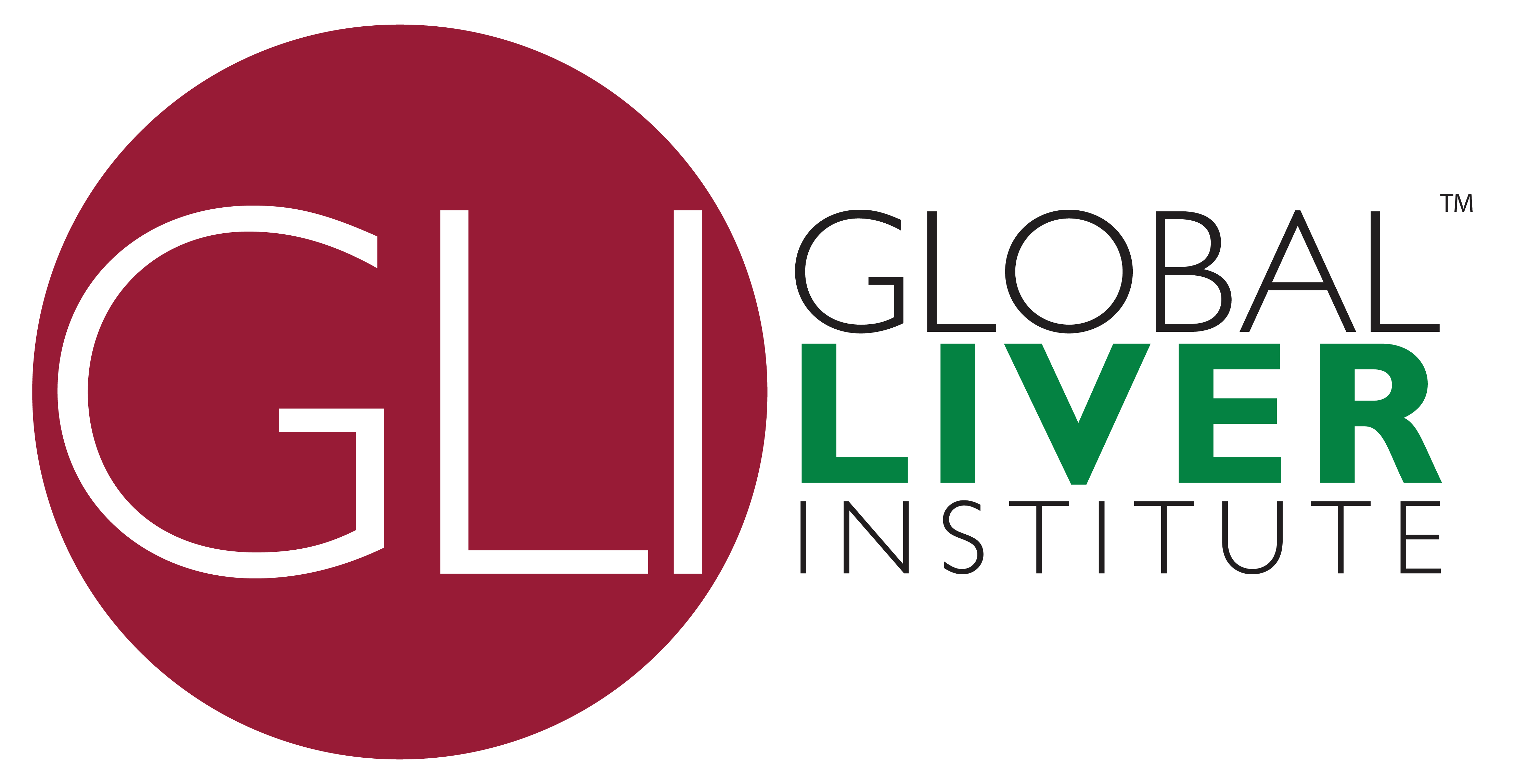
From Patient to Pioneer: Frans Frielink’s Journey with Alpha-1 MZ
My name is Frans Frielink, and I have over 40 years of experience in the semiconductor market in research and business. My background is deeply rooted in analytical thinking, problem-solving, and translating complex systems into practical solutions. However, in 2018, my health became the most difficult problem I had ever faced.
I was exhausted, sleeping 14 hours a day, until my doctor discovered a severe vitamin D deficiency and prescribed high-dose D3. Instead of improving, things really went wrong. After the second dose, my body shut down. I experienced crippling inflammation, muscle tears, and could barely tolerate food, especially anything fatty. The system I trusted to work, my own body, was breaking down.

For two years, I sought answers. Specialists after specialists, in different countries, ran tests, but nothing conclusive came back. Eventually, a university professor told me to “accept it;” because they could not explain my symptoms. However, I refused to give up. I turned to what I knew best: research.
I tracked every nutrient and symptom change using a food app and discovered that B- Vitamin complex supplementation helped, and I began ordering my own blood tests. I uncovered a significant B12 deficiency through elevated MMA levels. With B12 injections, I slowly regained function, at least enough to think clearly again. After that, I found the root cause of my vitamin D deficiency, which was an impaired calcium absorption, and resolved it, but other issues pointing to liver dysfunction persisted.
Two hepatologists dismissed any liver problem. I pushed further, demanding a full evaluation. Finally, a specialist tested for alpha-1 antitrypsin deficiency, and I was told I had the Pi*MZ genotype. He assured me it was harmless and mentioned not to smoke or drink, and I would be fine. But my symptoms told a different story.
Digging into the medical literature, I began to suspect a link between the MZ genotype and liver dysfunction. Talking to other MZ patients, I noticed striking similarities in their experiences: unexplained fatigue, pain, bile issues, and poor nutrient absorption.
Encouraged by this, I connected with experts in B12 research, who pointed to the UK Biobank research containing 17,000 PiMZ patients and discovered a high rate of biliary and liver-related problems. It became clear: this was not just “carrier” status; this was a functional liver disease affecting millions.
So I founded the Alpha1 MZ Foundation to raise awareness, educate patients and physicians, and continue driving research forward. Today, one year later, we are a dedicated team of seven, supporting a growing community of over 1,200 Pi*MZ patients. We have mapped the key pathways, biomarkers, and mechanistic dysfunctions within the Pi*MZ liver and presented our findings to leading medical professionals and pharmaceutical companies. Our goal is to enable the development and regulatory approval of targeted treatments for this overlooked population, whose unmet medical needs contribute to billions in healthcare costs and economic losses worldwide.
This is just the beginning. For decades, Pi*MZ has been dismissed as benign. Even though close to 10% of all liver transplants worldwide are Pi*MZ patients, and 7% of Pi*MZ patients develop intrahepatic cholestasis during pregnancy, not to mention all the other issues and the suffering of these millions of liver-affected patients.
Our mission is to change that clinically, scientifically, and in regulatory terms. We deserve recognition, answers, and support, and I’m determined to help deliver it.
